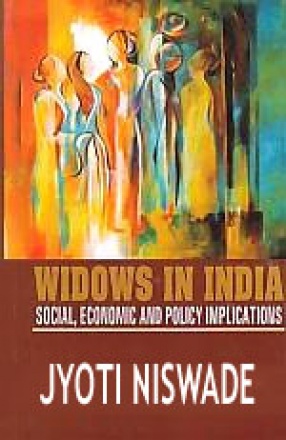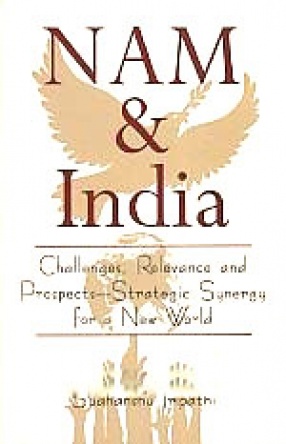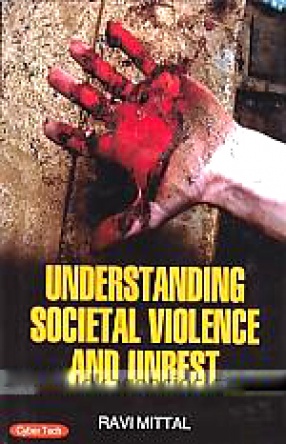There are 42 million widows in India, comprising about 18 percent of total widowed population in the world and about 8 percent of the total female population of the country. There is a good deal of evidences of the deprived conditions of widows in India. There are certain disadvantages and insecurity experienced by the widows in India such as strong patrilineal family structure, norms of patrilineal residence, limited freedom of remarriage, gender division of labour restricting employment and lack of economic support. Three major disparities faced by widows in India are that of freedom, knowledge and women-power. The deprivation of widows rarely features in public debates and discourses except when only in few cases they take sensational form such as sati.
This volume is an attempt to capture the complexities of the experiences of widowhood, its diversity and range across India and more specifically in the rural parts of Vidarbha in Maharashtra, widows represent 7.4 percent in urban and 8.5 percent in rural area of the total female population.
This volume intended to assess the socio-economic conditions, social stigma and social adjustment, extent of family acceptance, health status, family and community support during the course of widowhood. The volume is analytical focusing on widowhood as a social problem. The emphasis is given on social, economic and policy implications of widows. It also suggests certain strategies of social work intervention in crisis situations in widows lives.
The volume turns into five key areas, employment and social identity, property rights and social security, vulnerability in terms of availability of physical and financial resources to widows, family and community conflicts, caste and customary laws contributing to gender inequality.
The present volume makes significant contribution in the field of gender studies, sociology, demography, social welfare, social policy, social work as well as NGOs.





There are no reviews yet.